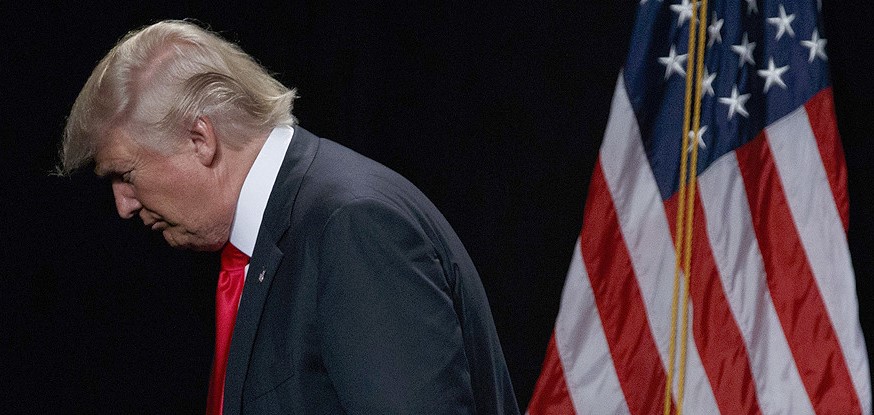Trump backtracks, ends shutdown
January 26, 2019 | Expert Insights

President Donald Trump has yielded to political pressure to end the longest US government shutdown in history.
Background
In United States politics, a government shutdown occurs when Congress fails to pass sufficient appropriation bills or continuing resolutions to fund federal government operations and agencies, or when the President refuses to sign such bills or resolutions into law. In such cases, the current interpretation of the Anti-deficiency Act requires that the federal government begin a "shutdown" of the affected activities involving the furlough of non-essential personnel and curtailment of agency activities and services. Essential employees are still required to work without pay until the government reopens, when they may then receive back pay.
Donald Trump shut down the US government on December 22 after Democrats refused to fund his border wall between US and Mexico. Democrats, who have taken over the House of Representatives after the November 2018 mid-terms, and some fellow Republicans insisted they will not give Trump the 5 billion he needs to construct the wall.
Analysis
President Donald Trump, who pompously professed to negotiate prodigious deals in the White House, came out of a government shutdown battle politically scarred and outsmarted by U.S. House of Representatives Speaker Nancy Pelosi.
The President had earlier backed a deal to fund federal agencies for three weeks, but it includes none of the money he has demanded a US-Mexico border wall. But Democrats, who control the House of Representatives, flatly refused.
Following the votes in Congress, Mr. Trump tweeted that his decision had been "in no way a concession", but was "taking care of the millions of people who were getting badly hurt by the shutdown". Speaking in the White House Rose Garden, Mr. Trump said he was "very proud to announce" the agreement, which will fund the government until 15 February.
He said federal workers affected by the political imbroglio, whom he called "incredible patriots", would receive full back-pay. Mr. Trump also said he would not yet resort to "a very powerful alternative" - an apparent reference to declaring a national emergency.
This could divert military funding towards building a southern border wall, but such a proclamation would provoke constitutional uproar and legal challenges. However, the president added: "We really have no choice but to build a powerful wall or steel barrier. ..If we don't get a fair deal from Congress the government will either shut down on February 15 again...Or I will use the powers afforded to me under the laws and the constitution of the United States to address this emergency."
Trump’s job approval ratings drooped from an already anaemic 40 per cent down into the mid-30s, a troubling sign as he looks ahead to a 2020 re-election battle, already clouded by the prospect of more headlines from a Russian election meddling probe. This was driven home on Friday by the arrest of long-time Trump friend Roger Stone in an FBI dawn raid in Florida.
Transportation Security Administration (TSA) officers, who oversee airport security, have been calling in sick or quitting as the shutdown drags on, though the agency insists standards have not been compromised. This has put the travel industry under tremendous pressure.
Assessment
Our assessment is that one of the reasons for Trump to end the shut down were stories of law enforcement officials unable to adequately do their jobs as the shutdown had left 800,000 federal workers at home on furlough or working for no pay. We believe that the shutdown had impacted criminal, counter-terrorism and intelligence work, delaying sensitive investigations and compromising many basic operations.








Comments